IN the summer of 1897, a small kingdom at the center of Europe organised one of the most grotesque displays of dehumanization: Human Zoos.
organised one of the most grotesque displays of dehumanization: Human Zoos.
Two hundred and sixty-seven Congolese men, women, and children were forcibly transported across the Atlantic, then displayed, locked behind bamboo fences at the Brussels International Exhibition. Crowds threw coins and bananas at them, seeking reactions for their amusement. The children in cages threw them back in contempt, without even looking up, preserving their dignity in response to such savagery.
Running from May 10 to November 8, that summer was harshly cold and seven Congolese died of pneumonia and influenza during an exhibition overseen by Belgian King Leopold II, an enduring figure of colonial brutality.
These human displays were not merely for entertainment; they were propaganda designed to present colonial conquest as a glorious “mission civilisatrice” and mask the atrocities being committed thousands of miles away in the Congo.
The exhibition drew over a million visitors. At peak times, 40,000 people came daily to marvel at the “exotic” Congolese. Its “success” led to the founding of the Africa Museum in Tervuren, a colonial palace in the southwest of Brussels, ensuring that the ideology underpinning these displays was preserved for future generations.
Yet the cruelty could not be concealed. The Congolese lived in degrading, squalid conditions. Among those who died, Sambo, Mpemba, Ngemba, Ekia, Nzau, Kitukwa, and Mibange. Their deaths were treated as mere logistical inconveniences, while the spectacle continued uninterrupted.
Belgium’s appetite for dehumanisation did not end in the 19th century. In 1958, during “Expo 58”, the country constructed another Congolese “village” in Brussels, where over 600 Congolese were displayed daily in the so-called “Tropical Gardens”. Among the victims was Juste Bonaventure Langa, an eight-month-old Congolese baby who died during the exhibition.
Between 1810 and 1940, an estimate 30,000 people were exhibited to over 1.5 million spectators across Europe, turning human suffering into public entertainment.
And the mentality behind it persisted. As recently as 2002, a rainforest park in Yvoir, Belgium, imported Baka Pygmies from Congo and confined them to animal enclosures for tourist amusement. In the twenty-first century, Belgium was still treating human beings as sideshow curiosities.
The scars of Belgian colonialism are not confined to the Congo. My friends’ grandmother, wife of Chief Rwagasana of Gisaka, Western Rwanda, was flown to Brussels and displayed as a “Tutsi specimen”. Other Rwandans were showcased as “Bantu” and “Batwa” pygmies. The lady survived the ordeal, only to be killed during the genocide against the Tutsi in 1994.
In Rwanda, Belgium’s policies sowed division where none had existed. Colonial administrators exiled King Yuhi V Musinga for advocating unity among his people, a final indignity compounded by the mystery surrounding his resting place, now largely forgotten.
Belgium’s rule rigidly codified Rwanda’s nuanced social identities – Hutu, Tutsi, Twa – into racial hierarchies enforced by ethnic identity cards. Discrimination was institutionalized; hatred systematically spread.
The consequences were catastrophic. In 1959, Belgium supported the so-called “Social Revolution,” during which Tutsis were massacred and thousands forced into exile. This spiral of violence culminated in the 1994 Genocide against the Tutsi.
Four days into the Genocide, on April 11, 1994, thousands of Tutsis sought refuge at the École Technique Officielle (ETO) in Kigali, believing they would be protected by Belgian UN peacekeepers who were stationed there. They were wrong. Under orders, the Belgian contingent evacuated only Western citizens and, astonishingly, their dogs and cats.
Tutsi civilians were left behind, unprotected. Within hours, militias descended, and thousands were slaughtered on the ETO grounds. Others were marched to a nearby site in Nyanza, where they met their atrocious death. Every 11th of April, Rwandans do the one-kilometer march from ETO to Nyanza, Kicukiro, in remembrance of the Tutsi victims abandoned by Belgian blue helmets.
In the aftermath, Belgium offered formal apologies to Rwandans and acknowledged their responsibility in the tragic history that befell Rwanda. Yet acts of contrition were all just mere words, and swiftly undermined. As late as 2018, the University of Antwerp funded a project to ethnically profile Rwandan leaders, under the guise of academic research, in contrast with the new Rwandan government’s policy to abolish ethnic distinctions and stigma in official documentation and public conversation, in a bid to foster unity. NGOs of children of genocide perpetrators flourished in Belgium, helped by belgian pseudo-researchers and journalists to deny the occurrence of the genocide committed by their parents, and peddling “double genocide”; a form of denialism.
These young men travelled to Eastern Congo and filmed themselves meeting their parents who had formed the “Democratic Forces for the Liberation of Rwanda” (FDLR), an armed militia with the mission to target congolese Tutsi and continue their genocidal agenda, with the support of the Kinshasa government. They openly fundraised and advocated for FDLR in European capitals, undeterred.
Meanwhile, when Congolese Tutsi, displaced by the FDLR, formed the M23 armed movement to defend themselves and repatriate just under a million of their keen, languishing in exile, in Rwanda, Uganda and Burundi for 30 years, Belgium once again aligned with the FDLR killers.
The Belgian government has been campaigning in Europe for international sanctions against Rwanda, a country they believe to be friendly to Tutsi people. Belgium claims, with no shame, to “uphold Congo’s territorial integrity, human rights and international law”. I’ll be damned!
A nation that once amputated hands of Congolese workers for missing rubber quotas; that orchestrated mass deaths in pursuit of ivory profits, that abandoned thousands of people to their certain death, now purports to act as a guardian of the same people’s human rights and integrity? The irony would be almost comical, were it not so grotesque.
Annoyed, Rwanda’s President Paul Kagame instantly ordered Belgian diplomats out and recalled his. In response, the Belgian foreign minister toured the DRC and Burundi – not to meet the oppressed Tutsi or the refugees – but to support two regimes that are allied with the FDLR. He then travelled to Uganda to shamelessly request a mediation with Rwanda…
Since its victory on July 4th 1994, the Rwandan Patriotic Front (RPF) and its leader Paul Kagame have served as Belgium’s antidote. In Rwanda they have undertaken for 30 years, to undo all divisions sawed by the hetherto colonialist.
In Congo, Belgium had conspired in the assassination of Patrice Lumumba, the nation’s first prime minister and a Pan-African hero, and propped up his murderer, Mobutu Sese Seko, for thirty years, enabling Africa’s most kleptocratic regime.
It was Paul Kagame who ultimately brought down Mobutu’s empire. And it will be him, standing on the side of dignity, who permanently ousts Belgians and their new lackeys from our Great Lakes Region. We may have forgiven, but we sure as day, haven’t forgotten.
The next time Belgium feels tempted to lecture Africans about democracy, human rights, or civilization, it would do well to pause and look in the mirror. That is, if they can stomach their own reflection.
An excerpt of this article was printed in this week’s East African.





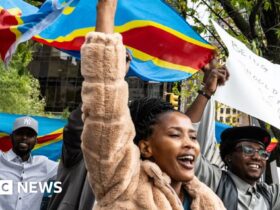
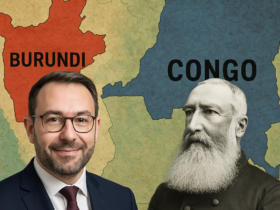

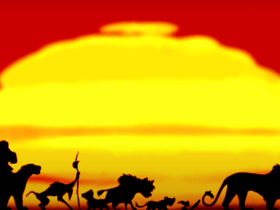

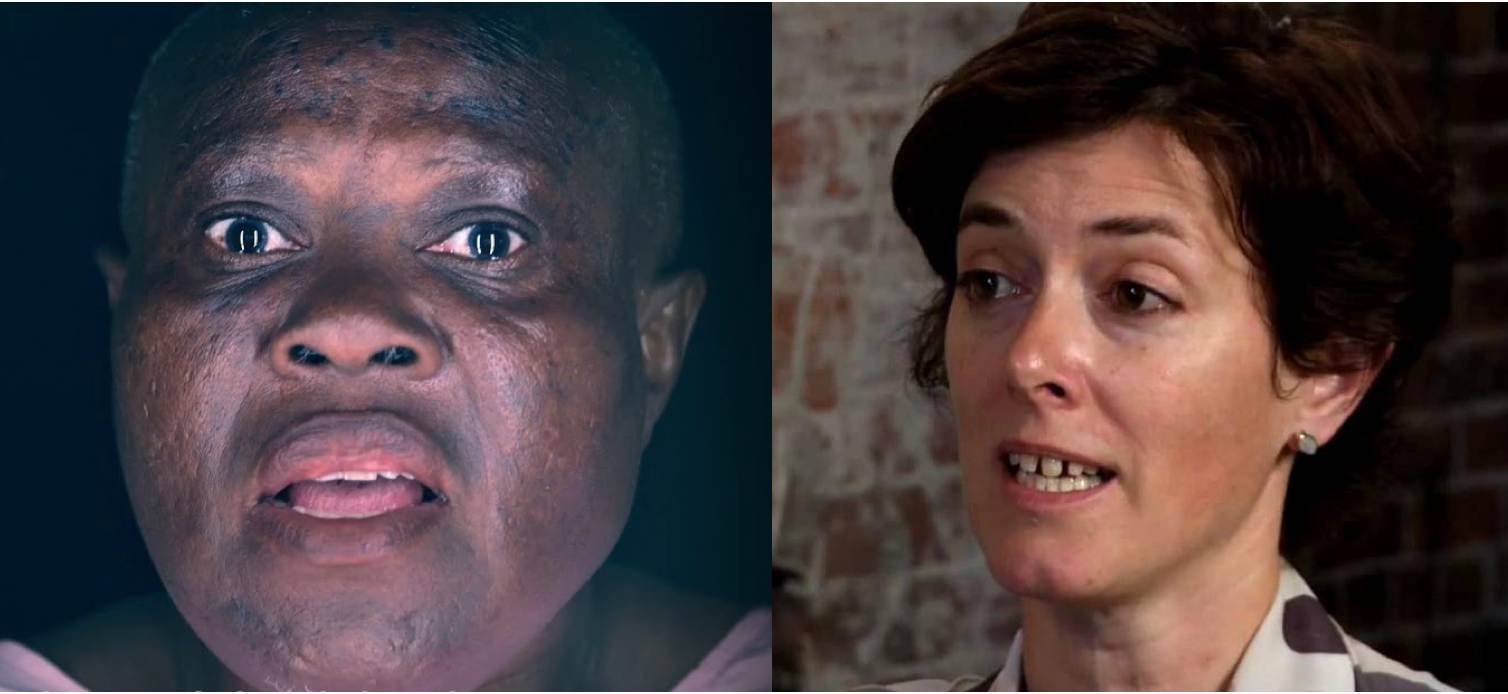
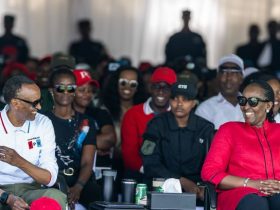

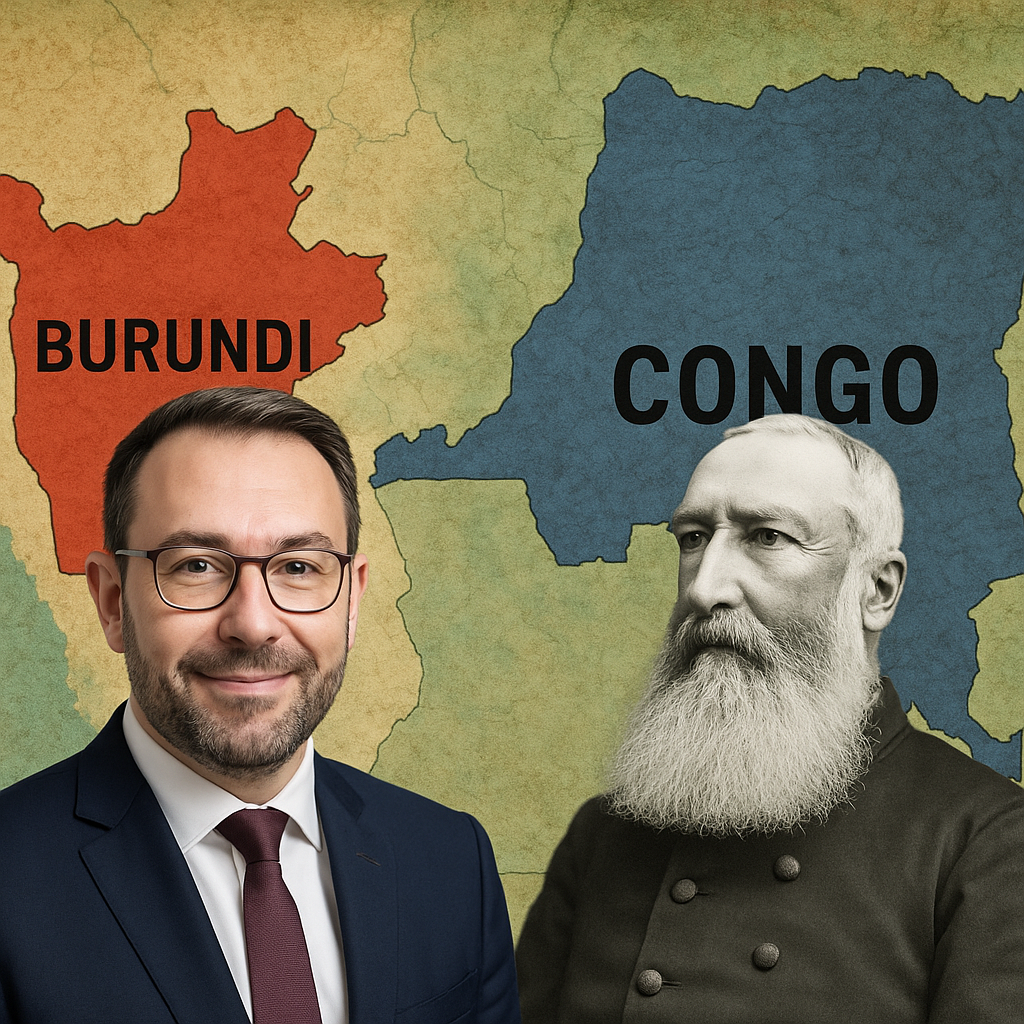
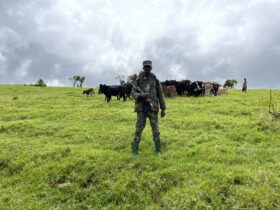

Leave a Reply